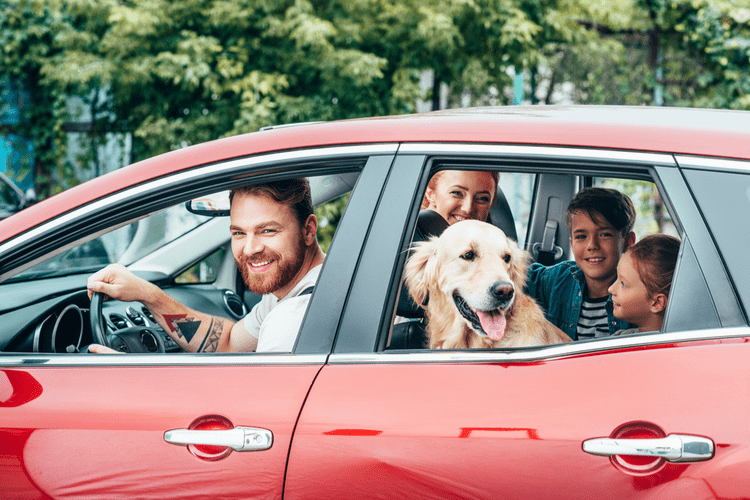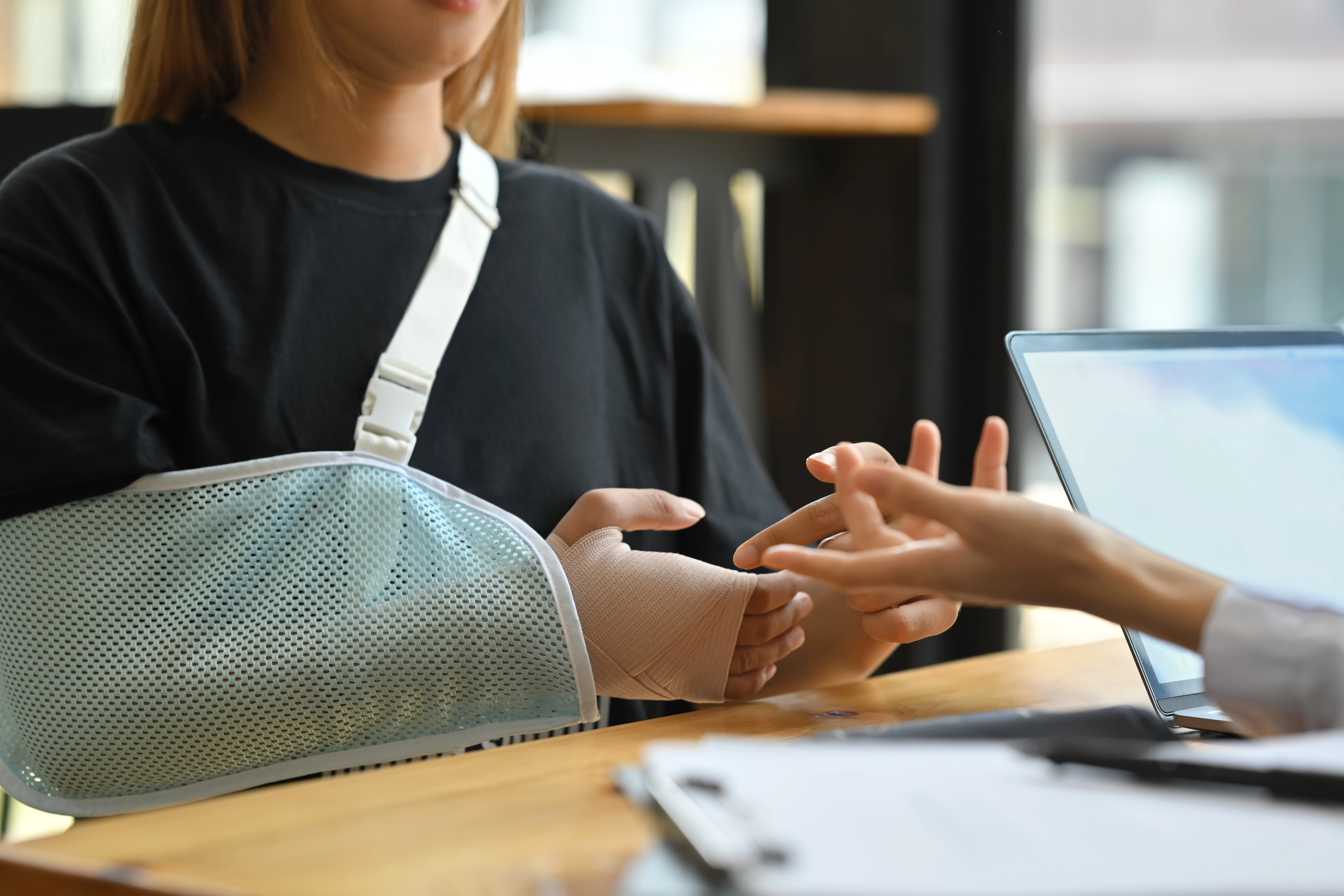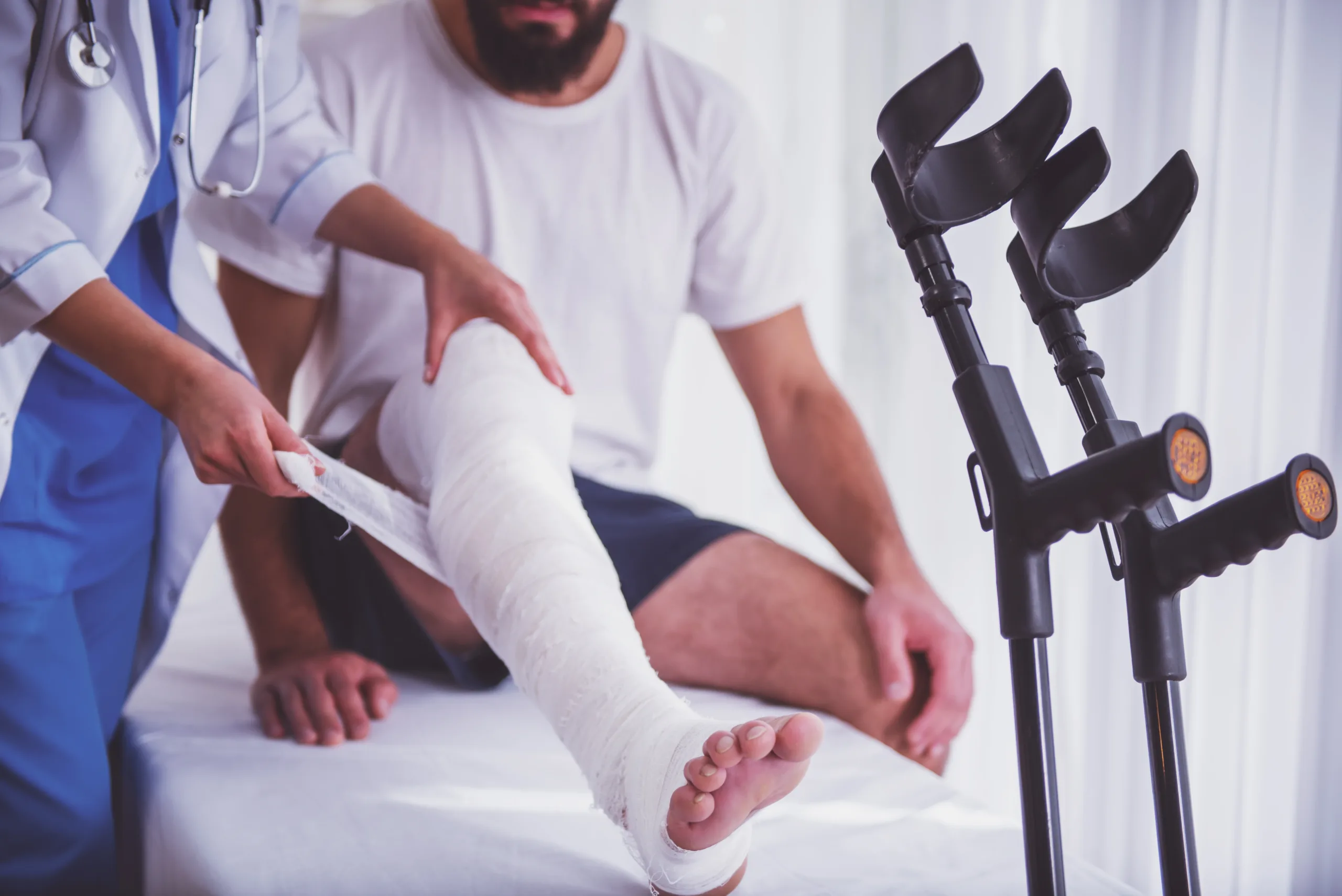Our vehicles are much more than hunks of metal, but rather a mean of transportation that we trust to get us from place to place safely. As much as manufacturers do their best to ensure the safety of these vehicles, it ultimately comes down to the drivers to ensure that passengers and other commuters are safe while in their presence.
With the summer quickly approaching, one can expect to see much more cars on interstates and highways. Whether it be college kids coming home for the summer break or families heading to a vacation destination, this time of year often equates to an increase of passenger-filled vehicles, requiring extra caution when driving. Here are a few ways you can protect some of your most common passengers during your summer travels.
Protecting Child Passengers
Child passengers can be the most difficult to accommodate. Although they have designated seating and restraint requirements, such things often go ignored. Some of the most severe accident injuries occur as a result of improperly seated children. Safeguard your loved ones from a possibly life-altering accident by taking the necessary precautionary steps.
Securing Your Child
Children can be unruly, but it’s vital that you as the driver make a concerted effort to properly seat and secure them. They should not be on the floor behind the seat, sitting unrestrained in the middle seat or lying down across multiple seats. Here are some other tips to keep in mind with child passengers:
- Purchase the appropriate car seat for the age and size of the child
- Do not allow children under the age of 12 or 135 cm (roughly 4’4) to sit up front
- Ensure that the car seat and your child are properly secured
- Do not allow children to put the shoulder strap of the seat belt behind their back or under their arm
By following these simple guidelines, you can help protect your child from sustaining a severe injury.
Child Passenger Injuries
When parents fail to ensure that kids are buckled in properly and remain so for the entirety of the commute, the possibility of them becoming injured in an accident drastically increases. The National Highway Traffic Safety Administration (NHTSA) reports the following as the most common child car accident injuries:
- Lower extremity fractures
- Abdominal injuries
- Thoracic injuries
- Head injuries
- Upper body fractures
Make sure to seek immediate medical attention after a collision to ensure that all injuries are identified and treated. Then get in contact with a Louisiana personal injury lawyer.
Protecting Elderly Passengers
Whether it be in a traditional passenger vehicle, wheelchair van, or 15-passenger van, the elderly often require special accommodations to ensure their safety during transports. As the driver, you are responsible for meeting those needs. You are also responsible for operating the vehicle in a manner that keeps them safe at all times.
Elderly Transportation Tips
Follow these simple tips for transporting elderly passengers:
- Require all passengers to wear seatbelts
- Stay under 50 miles per hour on local roads
- Regularly check the tire pressure
- Lock wheelchair brakes, fasten the chair to the floor and strap in the occupant
- Provide a flat, smooth service that’s free of debris when dropping off or unloading passengers
- Check for equipment defects
- Avoid reckless driving habits
The elderly are often more likely to sustain injuries in a collision due to the possibility of aggravating existing conditions. There have even been cases when elderly passengers suffered injuries as a result of a sudden stop or erratic swerve. It is for this reason and many others why the person behind the wheel should be one who understands the importance of elderly passenger safety.
Protecting Pet Passengers
Over 68% of Americans own a pet with the majority being dogs. Seeing a dog roam freely around the cabin of a vehicle is commonplace but not at all safe. Unsecured dogs become projectiles in car accidents, endangering not only the pet but other passengers as well.
Even restrained dogs can be put in the line of danger if in the front passenger seat. The force of the airbag is as detrimental to your dog as it is to a small child, which is why it’s best for your dog to ride restrained in the backseat; however, many pets commute one of the following ways:
- In the Driver’s Lap: Mostly small dog owners drive with them in their lap, but some larger dogs often find their way into their owners’ laps as well. Not only does this make steering the vehicle more difficult, but it also increases the chances of the dog and other passengers sustaining severe car accident injuries.
- In the Truck Bed: Larger dogs often commute in truck beds which is dangerous for several reasons: metal truck beds can become extremely hot and burn dog paws, dogs can easily get ejected from the truck bed, and they’re exposed to airborne debris that can get in their eyes, ears, and nose.
Securing Your Pet
The best way to protect your pet passenger is by seating your dog in the backseat under restraint. Although a vast majority of dog harnesses are not crash tested like child car seats, they drastically increase your pet’s safety during a commute and in the event of a car accident.
The Center for Pet Safety has conducted an independent study to gauge the “crashworthiness of pet travel carriers.” Study findings can help you select the pet travel carrier most appropriate for your pup.
Passengers are often the most overlooked factors in car accidents as recovering compensation for them isn’t as clear-cut as it is for drivers. If any of your passengers were injured in a car accident, and you are unaware what ensuing steps to take, reach out to E. Orum Young Law Offices.
Our Louisiana personal injury lawyers are abreast of personal injury law regarding various types of car accident passengers and can push to have all of their accident-related damages covered. Contact us today for a free case evaluation. Our Trial Guarantee ensures that we will take your case to trial per your request.





